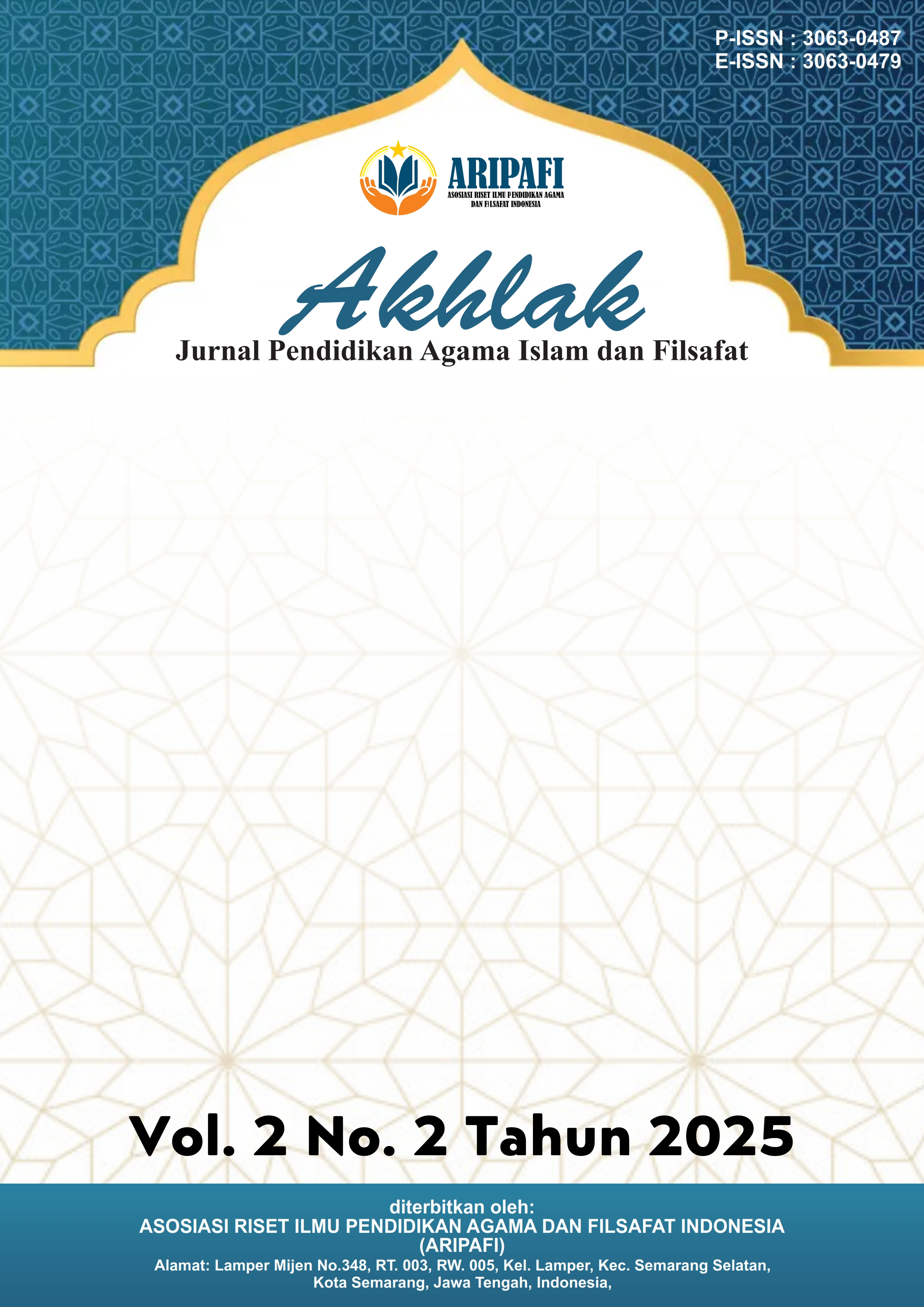Peradaban Islam Mughal di India
DOI:
https://doi.org/10.61132/akhlak.v2i3.854Keywords:
Mughal-Dynasty, Civilization, PluralismAbstract
The transformation of Islamic art is a long process that occurs through the interaction of various cultures. The Mughal dynasty in India became one of the most influential centers of Islamic art development, where Persian, Indian and Islamic cultures were combined in various art forms. This influence then spread to Southeast Asia, including Indonesia, through trade and the spread of Islam. The purpose of this article is to find out the history of the establishment and development of the Mughal Dynasty. In addition, it is also to know the progress of civilization and thought until the decline during the Mughal Dynasty. The Islamic civilization of the classical-middle period was a great civilization. At that time there was no other civilization that could match its greatness. The glory of Islam was felt in various regions, one of which was India. In India, Islam was once victorious as evidenced by the many Islamic dynasties that were established there, such as the Mamluk Dynasty (1206-1290), Khalji Dynasty (1206-1320 AD), Tugluq Dynasty (1320-1413 AD), and several other dynasties. However, the most prominent dynasty in India was the Mughal Dynasty. The Mughals were an Islamic dynasty that ruled India from the 16th century to the 19th century. It was one of the three major dynasties (Mughals, Ottoman Turks and Safavids) that emerged during the medieval period. The Mughal Dynasty had a major role in the development of Islam in India, ranging from politics, economics, arts and culture, religion, to the field of knowledge. The results showed that the success of the Mughal Dynasty in building the peak of Islamic civilization in India amidst the dominance of Hinduism was the result of an inclusive and tolerant policy of religious pluralism.
References
Agustin, S. M. (2024). Kerajaan Mughal: Puncak peradaban Islam di tengah dominasi agama Hindu di India, 8.
Ahmad, I. (2011). The Mughal Empire and the cultural contribution of Islam in India. Journal of Islamic History, 10(1), 55–69.
Alam, M., & Subrahmanyam, S. (2012). Writing the Mughal world: Studies on culture and politics. Columbia University Press.
Alvi, S. (2001). The historiography of Akbar and Mughal legacy. Journal of South Asian Studies, 17(2), 135–150.
Aziz, A., & Zakir, S. (2022). Indonesian Research Journal on Education: Jurnal Ilmu Pendidikan, 2(3).
Eaton, R. M. (2000). Temple desecration and Indo-Muslim states. Journal of Islamic Studies, 11(3), 283–319. https://doi.org/10.1093/jis/11.3.283
Fitrah Aidil, S. N., Febriani, E., Koryati, D., Fitriani, N., & Noviani, D. (2024). Sejarah perkembangan Dinasti Mughal dan penguasa di tanah India tahun 1525–1857. Mutiara: Jurnal Penelitian dan Karya Ilmiah, 2(1).
Habib, I. (2002). Medieval India: The study of a civilization. National Book Trust.
Khumayroh, W. (2024). Pengaruh Dinasti Mughal dalam alkulturasi Islam dan budaya India (1556–1707), 1.
Koch, E. (2006). The Mughal architecture: An outline of its development (1526–1858). In G. Michell (Ed.), Architecture of the Islamic World (pp. 202–219). Thames & Hudson.
Kurniawan, S., Syekh Nurjati UIN Siber, & IAIN Pontianak. (2024). Masa kejayaan dan kemunduran Dinasti Mughal di India. 5(12).
Lubis, D. E., Muhajir, A., & Dahlan, Z. (2021). Peradaban dan pemikiran Islam pada masa Dinasti Mughal di India. Islamic Education, 1(2).
Richards, J. F. (1995). The Mughal Empire. Cambridge University Press.
Zalukhu, D. M. (2024). Dinasti Mughal dan kemunduran Islam di India tahun 1525–1857 M. 3.
Zubaidah, S. (2016). Sejarah Peradaban Islam. [Buku SPI].






